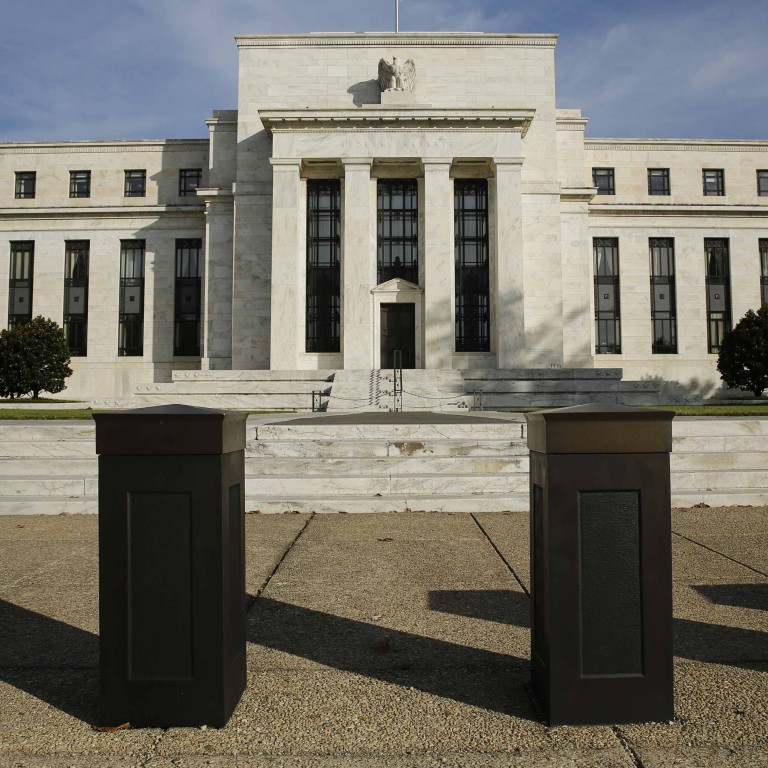
US dollar drops as more bad China news fuels risk aversion
More bad economic data from China adds to doubts Fed will raise interest rates next month
The US dollar hit an almost eight-week low against a basket of major currencies on Friday, after more bad economic data from China added to doubts that the Federal Reserve will be able to raise interest rates next month, while emerging Asian currencies saw another blistering week.
With the latest Chinese numbers showing factory activity shrinking at its fastest pace in six and a half years in August, investors are becoming increasingly concerned that the world’s second-largest economy may be slowing sharply and that global growth may be stalling as a result.
Markets had been reckoning the Fed could raise rates as soon as September, as the US economy continues to grow solidly, but the latest data from China, along with sliding commodity prices and unconvincing US inflation data, has seen most investors take their bets of a September increase off the table.
The euro, which is used as a “funding” currency borrowed in order to invest in riskier but higher-yielding emerging market currencies, hit a two-month high of US$1.1295 as a risk-off mood saw investors buy it back.
The dollar index fell to 95.4, its weakest since June 30.
Regional currencies continued to slide, ignoring the dollar’s broad weakness. Emerging Asian currencies saw weekly losses as China’s stocks kept losing ground, underscoring concerns that unstable financial markets may hit the world’s second-largest economy and global growth further.
South Korea’s won dropped 0.8 per cent to end onshore trade at 1,195.0 per dollar as tensions with North Korea put an additional drag on trading sentiment already hurt by the slowing Chinese economy.
“The North Korea issue added to blows to all South Korean financial markets,” said Jeong My-young, Samsung Futures research head in Seoul. “Still, China is a much more important factor. Without stabilisation signs in Chinese markets, it is unlikely to see any bargain-hunting inflows.”
The Malaysian ringgit hit a fresh pre-peg 17-year low. It lost as much as 1.1 per cent to 4.1830 per dollar, its weakest since August 31, 1998, leading regional declines this week with 2.6 per cent depreciation.
The Australian dollar fell 0.5 per cent to US$0.7303. The aussie, which is seen as a liquid proxy for China plays, is down about 1 per cent this week.
A sluggish Chinese economy raised the prospects for slower inflation, weaker demand for commodities and a currency war after Beijing’s currency devaluation last week.
“The perfect storm that has enveloped emerging market local markets looks set to continue,” analysts for Barclays said in a note. “The implications for growth spillovers, competitiveness and disinflation are likely to be more keenly felt in emerging markets more than developed markets.”

